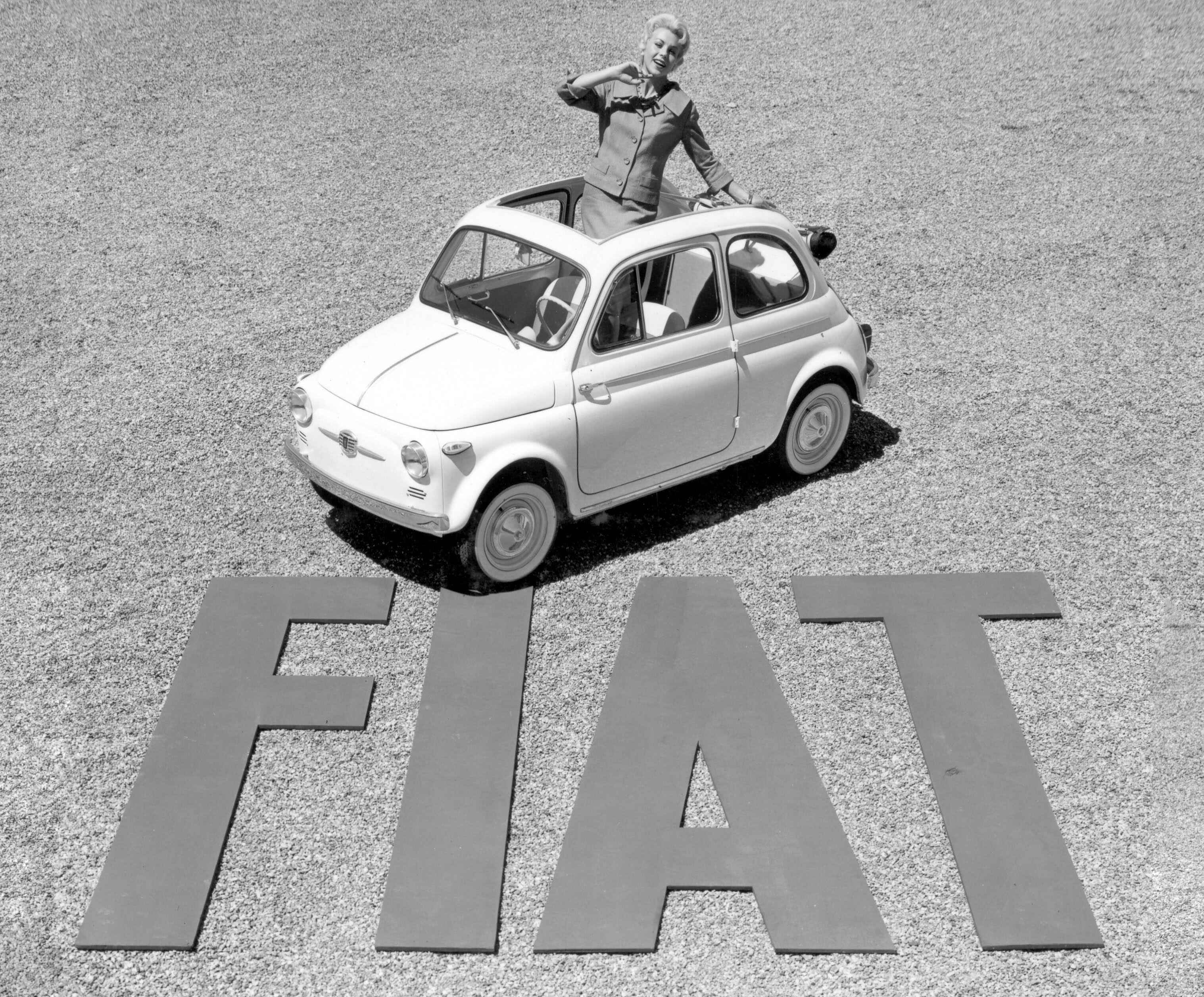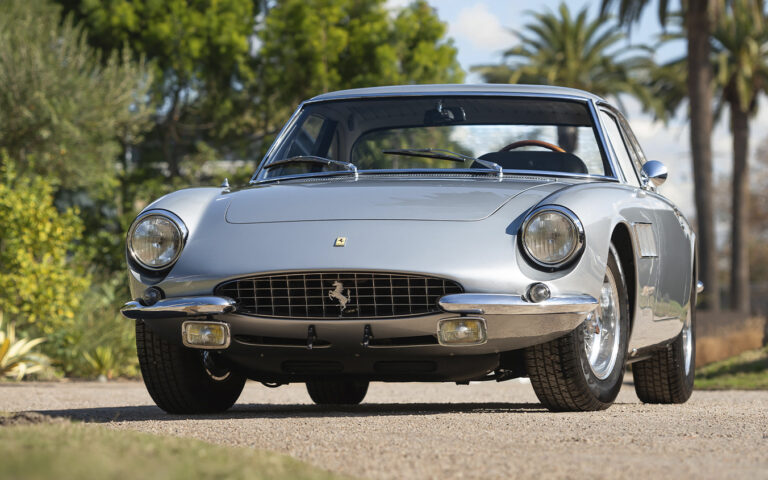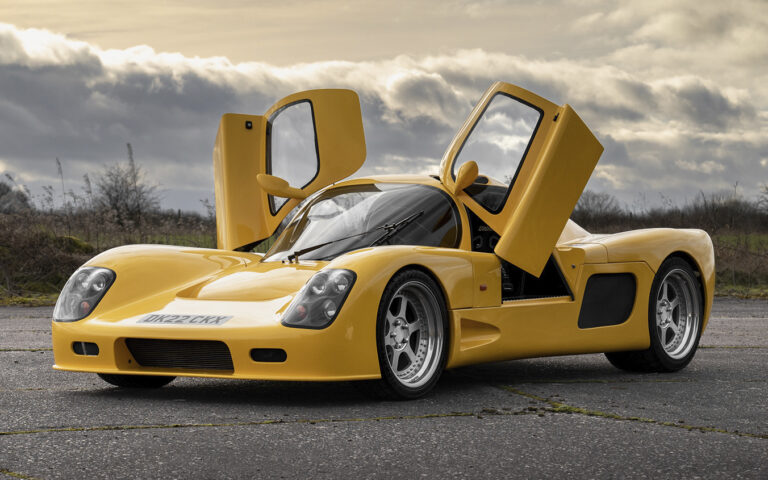Small jewels, big accolades. Compasso d’Oro, of course.
10 June 2023 2 min read 7 images

Photo credit: Fiat, Pininfarina, Zagato, Wheelsage
When it comes to automotive design, the more technical constraints there are, the greater the designer’s contribution to creating a car that is worthy of passing into history. In the history of the Italian Compasso d’Oro, the award established in 1954 by the Association for Industrial Design, there is no shortage of examples of small, intelligent jewels.
Register to unlock this article
Signing up is free and gives you access to hundreds of articles and additional benefits. See what’s included in your free membership. See what's included in your free membership.
Already have an account? Log In


